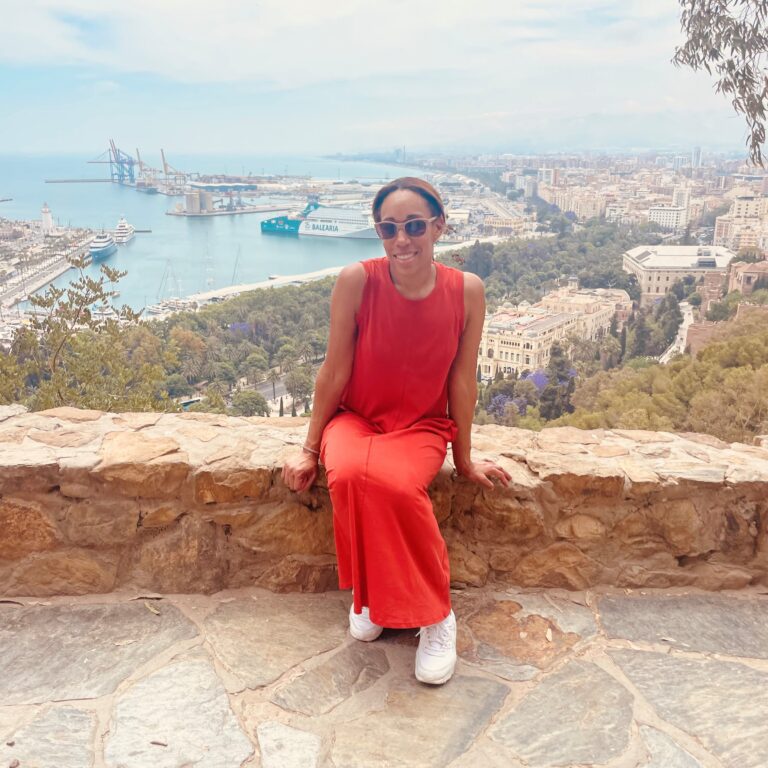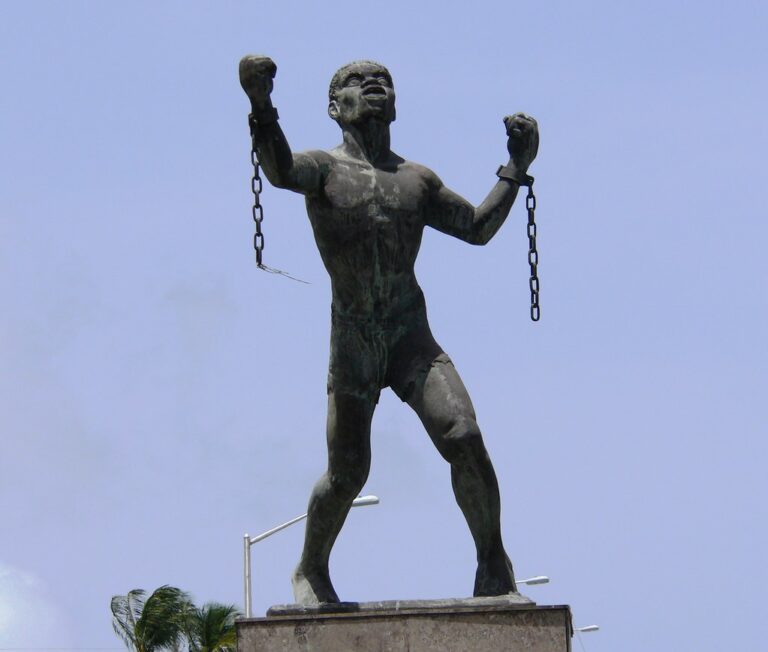Memorialising the Caribbean and the UK’s Shared History
By: Laura Hampden, Historic Environment Project Officer Historic England, UK
March 28, 2024


The winter was grey and gloomy, but relatively mild this year in the South-east of England. It’s dark in the morning when you get up for work or school, and it’s dark again by 4pm. I work predominantly indoors as a curatorial archaeologist, so it’s important for my own mental health to get outside for some part of the day to get some light. In January I was out on a routine walk to The st, a public park in Reading. The park was laid out as a ‘Pleasure Garden’ with a botanical character during the Victorian Period. It sits next to the remains of the early medieval Reading Abbey destroyed by Henry VIII during the Dissolution, and the now vacant Reading Prison famous for the poet Oscar Wilde who was imprisoned there, and the ‘Banksy’ on the outside walls. I stopped at the pond, a circular stone structure surrounding a fountain of two giant clam shells made of stone, and a weather-beaten stone pineapple finial at the top. A palm tree swayed in the background, and moss clung the base of the fountain. I’ve stood at the same spot many times, this day felt different. Maybe I hadn’t looked at the fountain in much detail before, but I left the park feeling heavy, and cold, miserable, and out of place. Above all, I had never felt such a strong and urgent longing for the Caribbean. I was born in England, but I was homesick. I called my parents and flew to Barbados just a few weeks later.
Driving past Bussa (the Emancipation Statue) on the way home to St Lucy I felt lifted. Bussa led the first of three documented mass revolts in Barbados leading up to the abolition of slavery. The statue of a man arms lifted, chains broken wasn’t sculpted to be Bussa, and ironically the inscription at the base of the statue is a chant praising Queen Victoria for the abolition of slavery. But Bussa is the name he’s been given, and so as long as it stands it will be his memorial, a memorial to the countless nameless others who fought for freedom, and an enduring symbol of hope and resistance.


These memorials, and perhaps most importantly the histories of the people and the struggles they commemorate are vastly absent in public spaces in the UK. In contrast, the historic statues, plaques, memorials and monuments dedicated to people who generated wealth from the exploitation of resources in the Caribbean and profited from the transatlantic trafficking in enslaved Africans dominate the public realm.* From golden pineapples on the top of St Paul’s Cathedral, to decorative features in local parks, public spaces, historic sites, museums, and art galleries are full of reminders of European expansion, environmental extraction and colonialism.
There is a mental health crisis among Caribbean communities, and growing bodies of research highlight the impacts of racial inequality and disparities throughout healthcare, social care, and education, justice and employment. Initiatives like The Commission for Diversity in the Public Realm are working towards increasing the diversity of people commemorated and celebrated in public spaces, including a new memorial in London honouring the victims of the transatlantic slave trade. This is a welcome step towards acknowledging the origin of much of the capital’s wealth and honouring the lives of the millions of people who were killed.
Creative, interactive, and participatory interventions like the Black Mary Project show that alternative non-institutional approaches to history making, and honouring practices of community care can help towards addressing issues of historical erasure, and improving our sense of identity, wellbeing, belonging and understanding of ourselves. These visible and tangible connections that publicly acknowledge our history are a vital step towards healing and repair.
*Discussions around the interpretation or reinterpretation of these monuments have been ongoing for a number of years but were brought to the forefront of public discourse in 2020. In Bristol a statue commemorating Edward Colston a slave trader was toppled during anti-racism protests and dumped into the murky depths of Bristol Harbour. The government have since released guidance on managing commemorative heritage assets that have become contested, and Historic England have compiled a list of case studies to inform research, consultation and reinterpretation.
